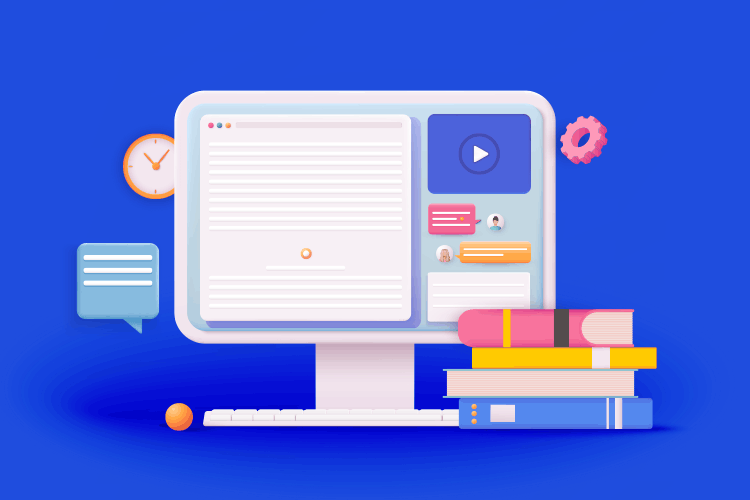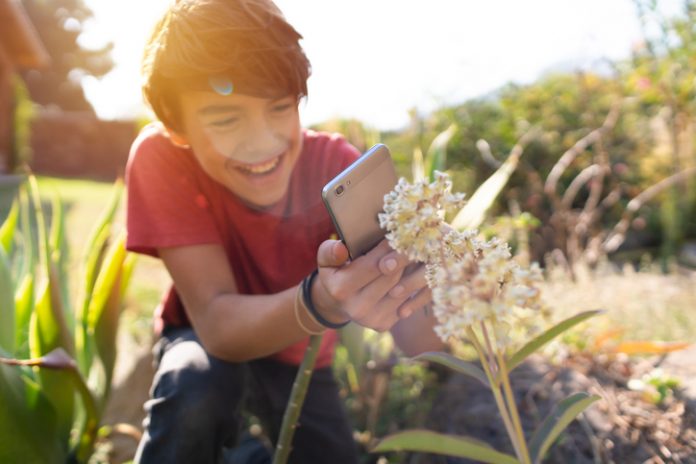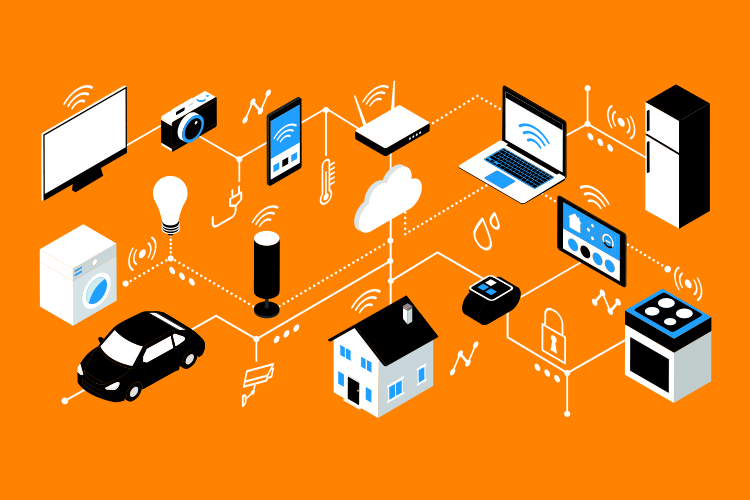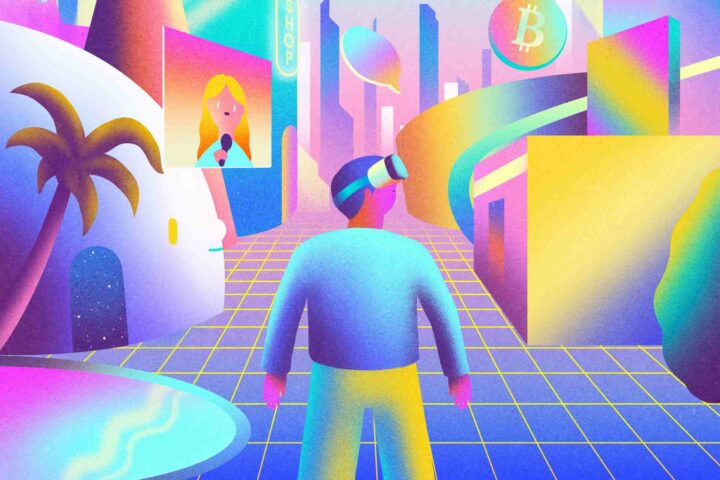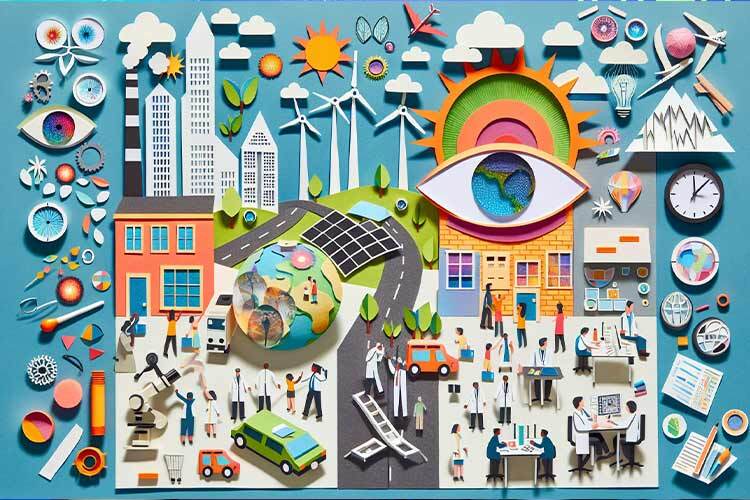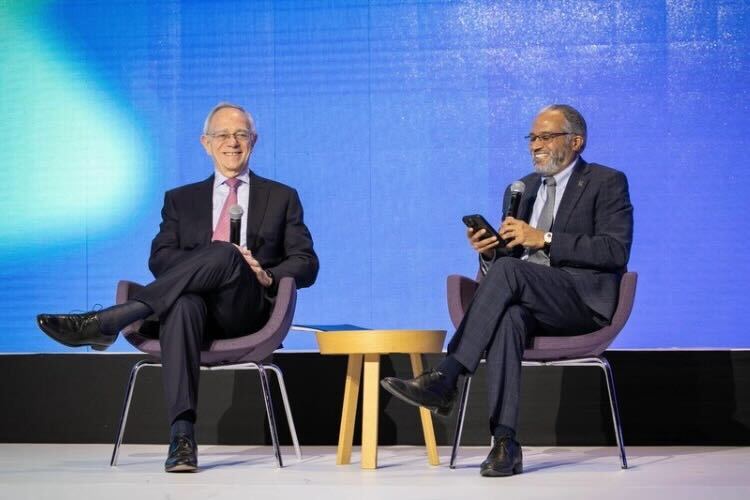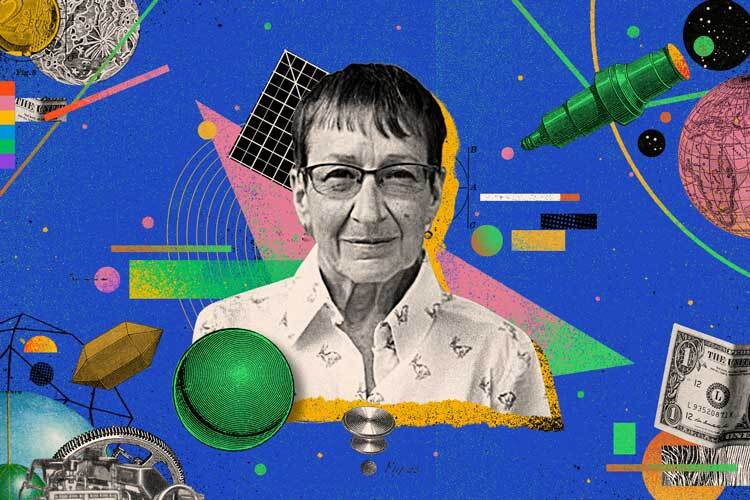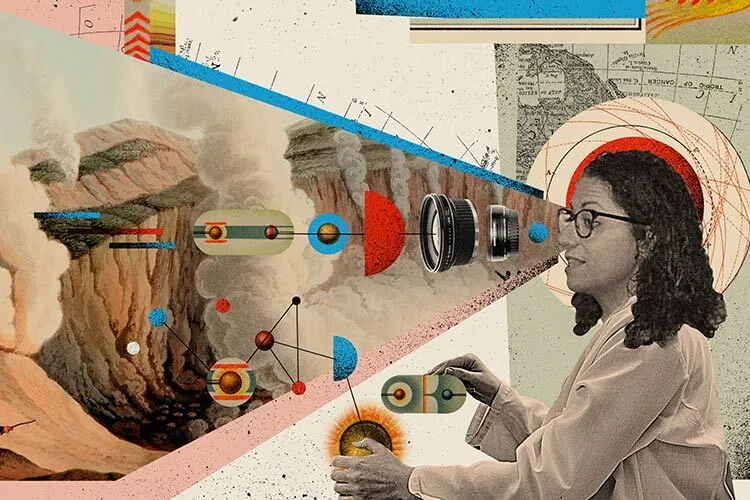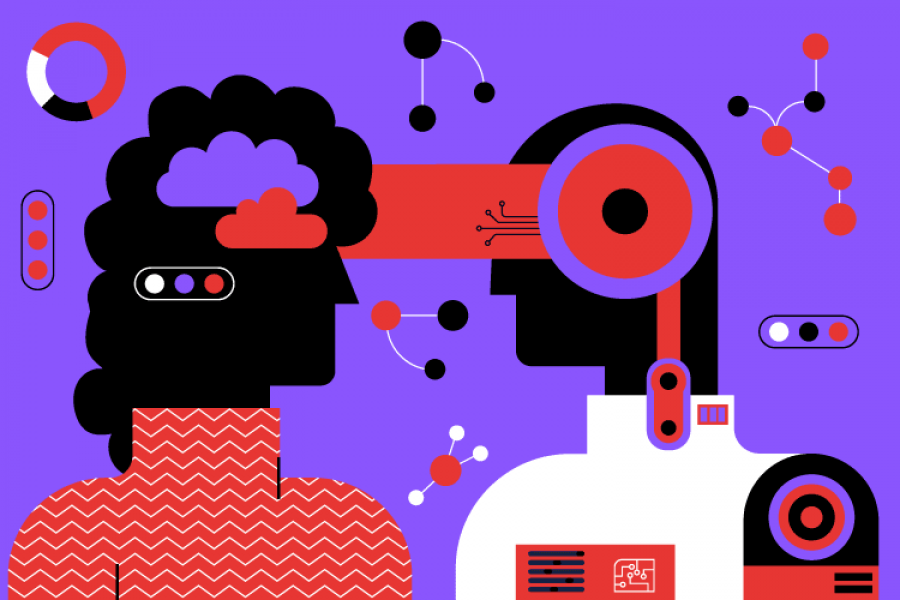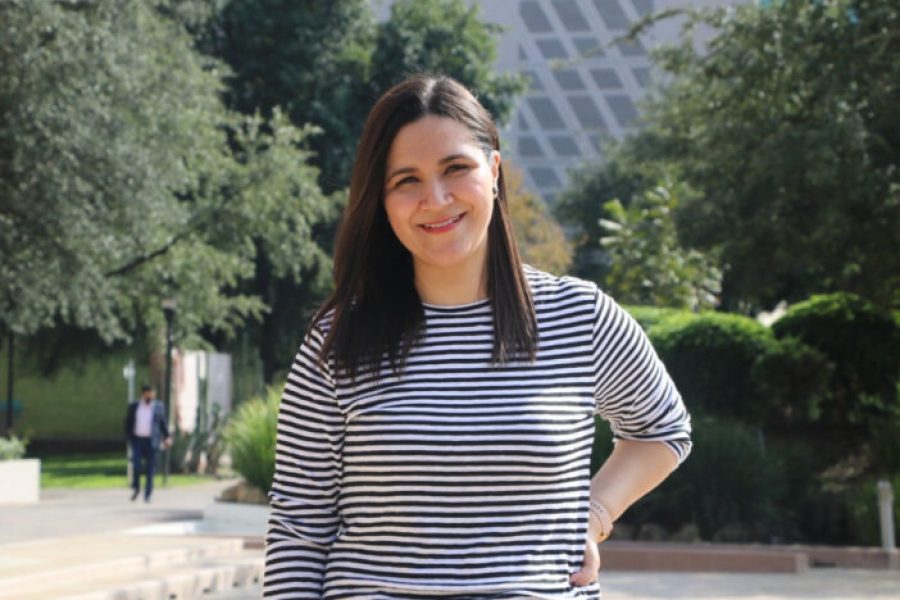The classroom of the future seeks to know how students learn. This will be possible through 15 multimodal technologies allowing educators to analyze the behavior and emotions of students during class sessions.
The project is called Experiential Classroom and is run by the Living Lab & Data Hub of the Institute for the Future of Education (IFE) at Tec de Monterrey.
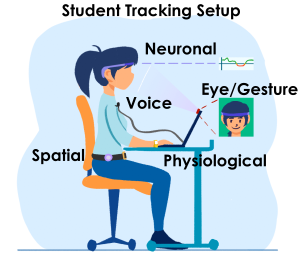
Technology seeks to measure student satisfaction and learning. (Illustration: Institute for the Future of Education / Tec de Monterrey)
Experiential Classroom
The classroom is connecting students to different devices, measuring behavioral variables and interactions during class. The data provided by each measurement will be used to analyze the level of student learning.
The project leader Luis Morán Mirabal explained that they are currently experimenting on a smaller scale, individually.
This space −which is an Experiential Classroom prototype− is equipped with several technological devices such as a depth camera that observes the skeleton, virtual reality and mixed reality visors, a neural tracking headband, hand sensors, and a bracelet that measures physiological responses.
“This will allow a better understanding of how students learn, the motivation they have, and the communication and the collaboration in this type of environment,” explains Morán.
At the end of a class, for example, it will generate data on different variables such as the posture in which the student was sitting, the gestures he made with his hands, the movements of his eyes, and even the way they took notes. Teachers will learn about the emotions of their students, for example, if they are concentrated or motivated.
“Although we tested these first devices on an individual scale, next semester we will be talking about groups of three to five people to obtain data from an entire team,” Morán says.
Processing emotions in real time
One of the biggest challenges of the project is to translate the data set that the technologies collect. For the experimental phase, Dr. Morán created a diagram to know if the student’s experience of exercising on the computer was positive or negative.
“We translate (the data) into emotions through the value they give, enthusiasm, and other characteristics. It is a diagram that, on the horizontal axis, measures the positive and negative valence related to how much you like or dislike the activity. On the vertical axis, we have motivation. We can see if the person is bored, relaxed, or sad”, he explains.
Morán hopes that, in the future, the Experiential Classroom will be available to analyze between 15 and 20 students receiving a traditional class or using virtual reality and mixed reality visors, measuring processes in real-time.
“They are trying to convert this data into learning indicators. It involves many data science disciplines, pedagogical architects and, due to ethical considerations, there has to be consent from the participants”, he says.
The Experiential Classroom will eventually be located on the fourth level of the Expedition Building where the offices of the Institute for the Future of Education will also be located.
